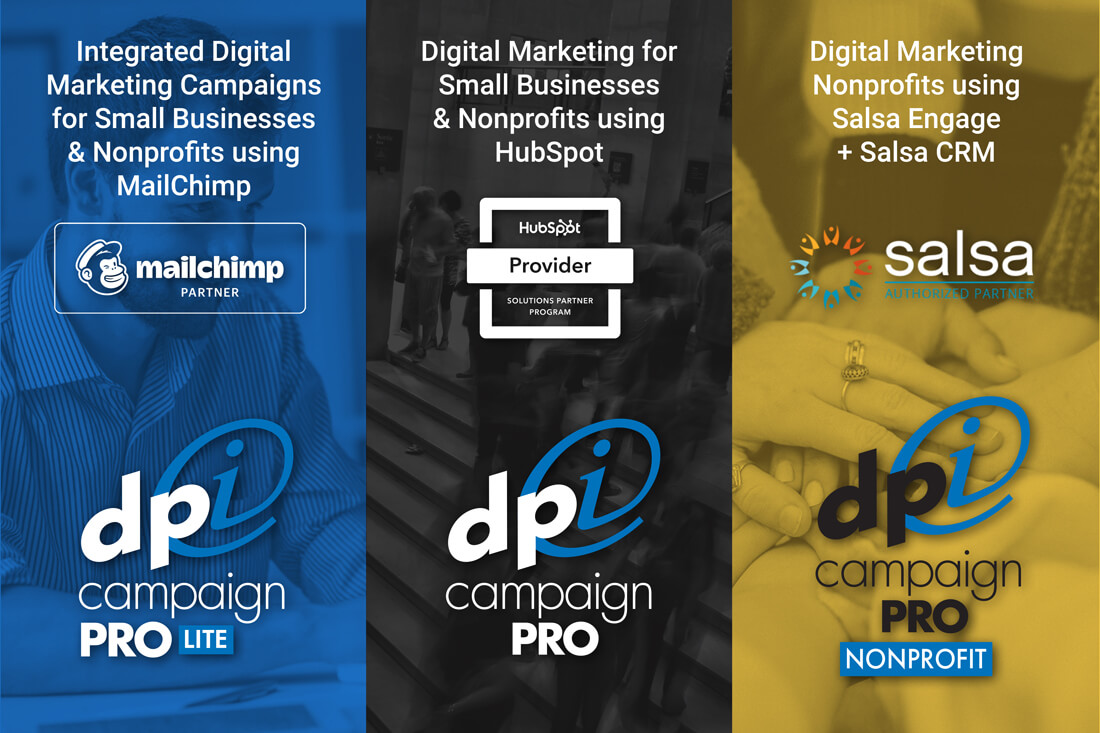Shopping Cart Abandonment Automation – What It Is & How It Works
Online shopping, especially since the pandemic began, has just exploded – according to Statista, there are 230.5 million online shoppers in the United States alone, a gradual increase of nearly 21 million since 2016. Billions of dollars annually are spent on online purchases and yet, at staggering average of 69.57% of online shopping carts are abandoned annually. Why does this happen? What can be done to prevent shopping cart abandonment? Answer: shopping cart abandonment automation:

WHAT IS SHOPPING CART ABANDONMENT AUTOMATION?
Shopping cart abandonment automation happens when an online shopper puts items in their online shopping cart and leaves before or during the checkout process. Causes vary as to why people “abandon” their shopping carts: costs are too great, checkout process takes too long, saving items to purchase at a later date, the site looks untrustworthy, they have to create an account and so on. While you can’t really change consumer behavior, you can change why they abandon their shopping cart. More on that in a second.
Shopping cart abandonment automation is marketing automation that sends out personalized, marketing automation reminders or alerts to “nudge” them toward finishing the checkout process and making their purchase. Research from Moosend has shown that employing shopping cart abandonment automation or a checkout optimization strategy can yield an a 45% reminder email open rate with 21% click through and of those, 50% end up making a purchase.
SETTING UP SHOPPING CART ABANDONMENT AUTOMATION IN MAILCHIMP
While many of the email marketing providers out there today offer marketing automation and shopping cart abandonment emails, I’ve found MailChimp to have the easiest setup for the greatest impact. And, while, opinions vary as to how many shopping cart abandonment emails to send, MailChimp recommends a series of 3: a first reminder, a sense of urgency to continue the checkout process and finally, an incentive to complete the purchase.
It is recommended to send the first email in the series 1-2 hours after the customer leaves the website. This way, it’s still fresh in their minds in case they got distracted from the checkout process. It should be lighthearted and be in your brand’s voice. “Just a friendly reminder that…” or “You left this in your cart, did you want to buy it?” could be subject or headlines in the first reminder email in the series.
The second email should be sent approximately 24 hours later and should promote a sense of urgency toward the customer finishing the purchase. Subject lines like “Don’t let [product] slip away, buy now!” or if there’s a discount or coupon code involved, “Don’t let your coupon code [or discount] expire, [product] is almost yours!” are good because they include the product in the subject/headline and create a sense of urgency.
The third and final email should provide an incentive for the customer to complete their purchase. If they haven’t already received a discount or coupon code (some online retailers don’t allow stacking coupon codes) or even if they do, offer free shipping or a discount on a future purchase or gift card.
Additionally, you can setup remarketing ads through MailChimp to follow your customers around the web, reminding them of the products they viewed and guide them back to the checkout.
HOW TO CREATE SHOPPING CART ABANDONMENT EMAILS THAT CONVERT
First, know who you’re trying to reach – essentially know your audience. You should have buying personas setup with your customer segments to really send a targeted email reminder. Make sure your subject line is compelling, something like “Just a friendly reminder..” or “Don’t let [product] slip away, buy it now” as outlined above are a good place to start. Make sure the items in their cart are listed and, if possible, show images of the products in the cart as well. Include any supporting information that will help them return to their cart and finish the transaction. Finally, make sure there’s a single call-to-action – “return to cart” or “finalize purchase” – they should only be redirected back to the cart to finalize the purchase – not to a blog post about the product or social media.
Ensure that your email passes spam checks with subject lines, headlines and text. Having your reminder email go to spam because of a subject line or headline won’t help your business or the customer at all.
You’ll then be able to connect your shopping cart abandonment automation to your online store and start the automation. Actual setups vary, but links to most platforms have detailed directions on how to setup the automation, such as MailChimp.
SHOPPING CART ABANDONMENT EMAIL BEST PRACTICES
Like any email marketing strategy, a shopping cart abandonment email strategy comes with some recommended best practices. To increase your open, CTR and ultimately sales on your shopping cart emails, follow these best practices:
1. Conversational tone, but in your brand’s voice
It’s important the tone of your shopping cart emails is the same as the other text on your product pages, landing pages and other pages of your website. You want to keep the tone of your email reminders conversational as well – that is, that of a familiar friend reminding you that you left this in your cart and asking if you meant to and if you’re coming back. It’s important to not be accusatory or lay down a guilt trip on the customer; they probably have good reason for abandoning their cart and you still want them to complete the sale.
2. Don’t just reference the product – show it
A picture is worth a thousand words, as the saying goes. And they’ve probably seen the picture of the product a hundred times or more on your website, so why not show it one (ore more times) in your email series? It’s important to reference the product because it’s possible this isn’t the only shopping cart they’ve abandoned and you’re not the only retailer sending abandonment emails so be clear about the product your referencing and show it in your emails.
3. Highlight benefits and reviews
Make sure that your message is clear and that you’re focused on the customer – in your emails, remind them of the benefits of your product – highlight why they need the product – I say ‘need’ because emotion drives buying. Show some reviews and/or social proof that others also bought the product you’re considering and their satisfaction with their purchase. Ensure that the text is benefits based and not features based – show them how it will benefit them and not what the product will do.
4. Incentivize to engage the customer
Sometimes people need a little more encouragement to make a purchase – that’s when you might need to incentivize them to complete the checkout process. As stated above, sending a coupon code with a discount, offering a discount on a future purchase or free shipping or even a gift card as a thank you for finishing the current purchase, it may be beneficial to offer an incentive to shopping cart abandoners to encourage them to complete the checkout process. Be careful though: don’t give too much away that it becomes a loss.

ADDITIONAL CHECKOUT OPTIMIZATION STRATEGIES & BEST PRACTICES
There are things you can do to avoid shopping cart abandonment altogether. Check out these additional checkout optimization strategies to improve your business’s online shopping experience:
1. KNOW YOUR AUDIENCE
By now, you should really know who your target audience is and the different buying personas within it – if not checkout my posts on marketing to your target audience and personas. Knowing your audience can clear up a lot of confusion about extra costs and the checkout process by being aware of where your “fail” points are at checkout: is the process too long? Do you require an account to be setup? Are there too many upsell/cross-sell links? Is your site missing an SSL certificate (https)?
Knowing your audience can help avoid some of the pitfalls that may cause your audience to abandon. The bottom line is to know your audience and their preferences to avoid shopping cart abandonment.
2. SHORTEN YOUR CHECKOUT PROCESS
Amazon has a fast (and dangerous) one-click checkout process – great for those last-minute impulse buys. An ideal checkout process is typically 3-5 steps. If your checkout process is longer than that, or is more complex, consider shortening it. Run some tests to see where people are exiting the checkout process without completing and optimize or shorten those steps.
3. OPTIMIZE YOUR WEBSITE FOR ONLINE SHOPPING EASE
What seems like a no-brainer could be the most important and often missed strategy for avoiding shopping cart abandonment – optimizing your website for online shopping ease. First, make sure your site is mobile friendly – 72.9% of ecommerce sales are made on a mobile device. Ironically, mobile shopping cart abandonment is higher than desktop at 85.65%. So, make sure your website, product pages, checkout process are all optimized for mobile.
Your product pages should be optimized for conversion too, with clear, concise descriptions and calls-to-action. Reviews and benefit-centric product details should be prominent and help guide the customer to a purchase.
The speed of your site is important – event as little as a three second delay can cause customers to abort and abandon their shopping experience. Use caching to help speed up pages on your website.
Ultimately, think about your website from a customer standpoint – if there are places where it could be better, make it better. If there are places in your checkout process on your website that can be improved, make them better.
4. MAKE SURE YOU HAVE A LOW-BARRIER SHOPPING EXPERIENCE
What is a low-barrier shopping experience? A low-barrier shopping experience is one where there are few obstacles for the customer to overcome to have a positive customer experience.
How do you create a low-barrier shopping experience? Make sure minimal information is required to make a purchase. Don’t require an account (unless their purchase requires it). Make your return policy simple, easy and straightforward. Be flexible with payment methods and currency. Make shipping costs reasonable and shipping time convenient. Most of these are very specific to the type of product your offering and your online store, however, these are all changes that can affect shopping cart abandonment and should be examined and if need be, addressed.
NEED HELP WITH SHOPPING CART ABANDONMENT AUTOMATION?
We can help! We have a program that specifically designed to help you with your digital marketing (including shopping cart abandonment automation!) Check out DPi Campaign Pro Lite and DPi Campaign Pro Essentials or click the image below to get started!
SIGNUP FOR OUR EMAIL NEWSLETTER!






